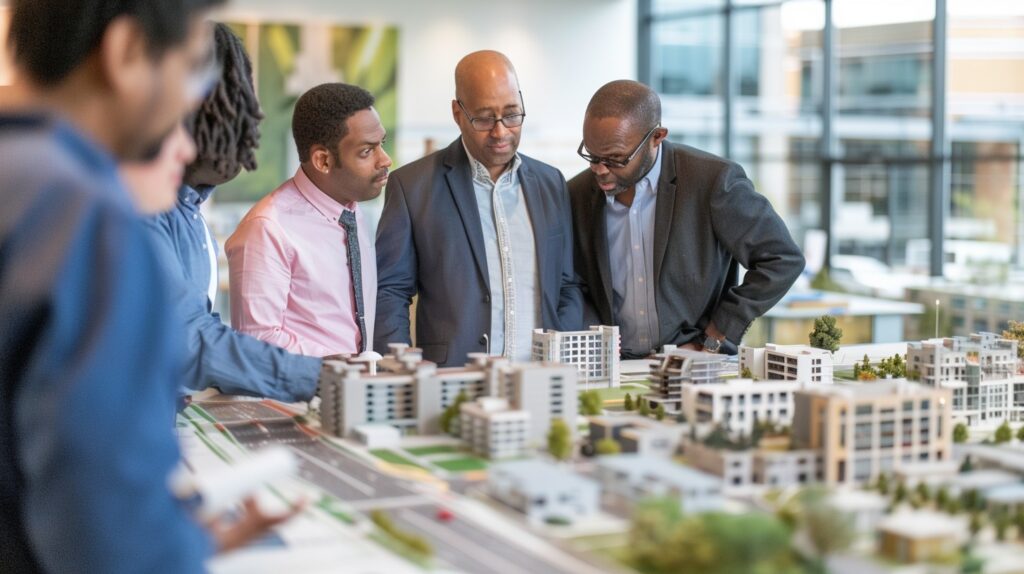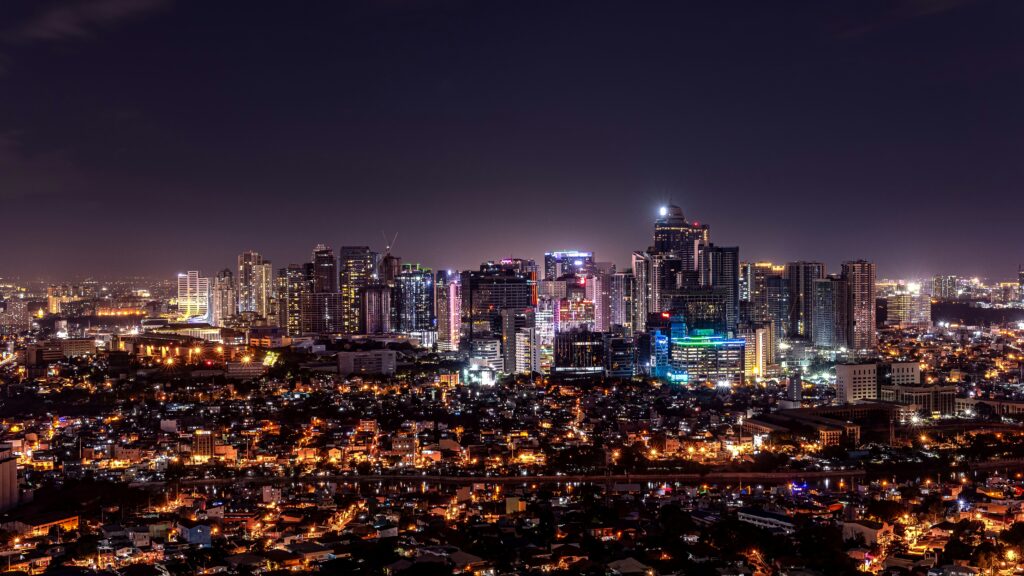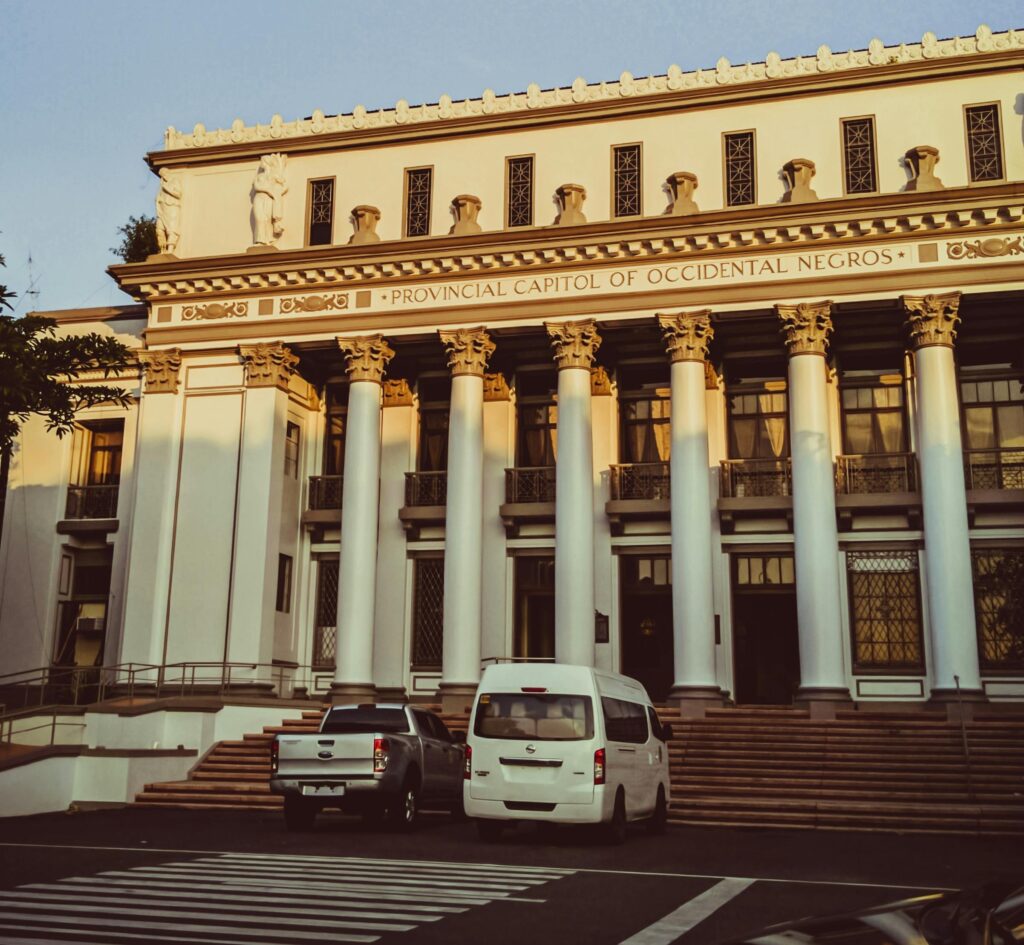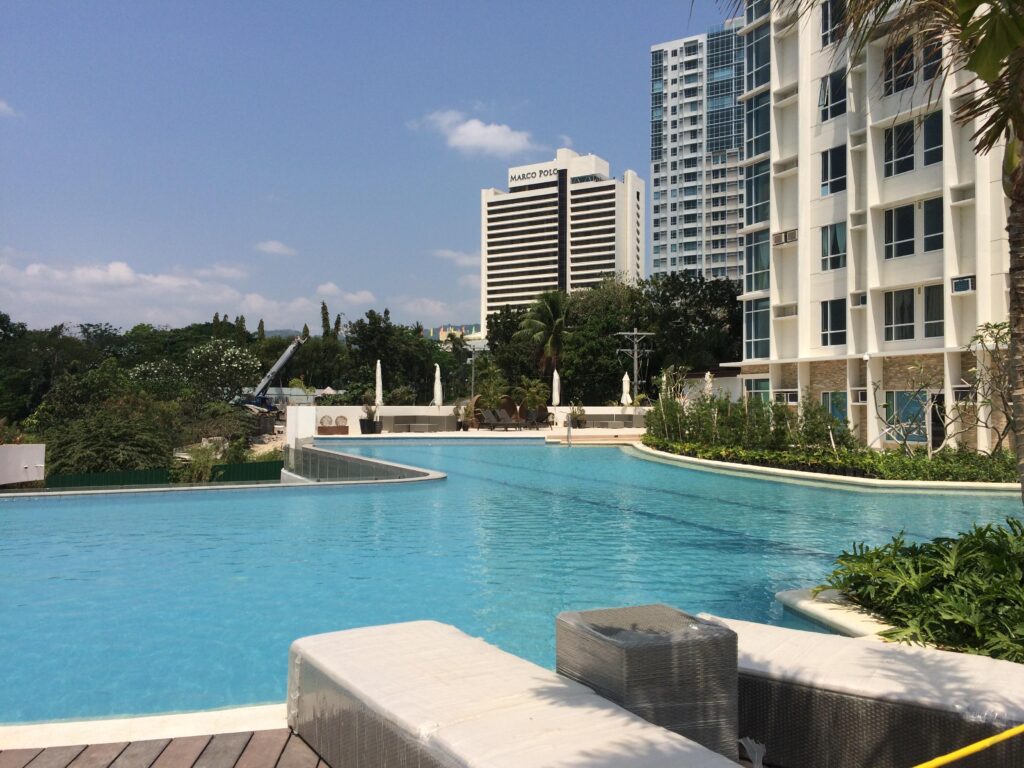The Philippines, an archipelago of over 7,000 islands, has long been a focal point of interest for real estate investors, both domestic and international. One striking characteristic of the real estate market in the Philippines is its remarkable resilience. Unlike other countries where real estate values can be highly volatile and susceptible to economic downturns, real estate prices in the Philippines have shown a strong upward trajectory over the years, with only minor fluctuations. This article explores the key reasons behind the sustained growth and stability in real estate values in the Philippines.

1. Strong Economic Fundamentals
The Philippine economy has shown consistent growth over the past few decades, averaging a GDP growth rate of around 6-7% annually . This robust economic performance fuels demand for real estate across various sectors including residential, commercial, and industrial. With a growing middle class and increasing foreign investments, the real estate market remains buoyant, driven by higher purchasing power and sustained economic activities.

2. Rising Urbanization and Population Growth
The Philippines has one of the fastest urbanizing populations in Asia. According to the World Bank, about 47% of Filipinos lived in urban areas as of 2020, and this figure is expected to increase significantly in the coming years . Rapid urbanization leads to a higher demand for housing, commercial spaces, and infrastructure development in cities. Metro Manila, Cebu, Davao, and other key cities have seen significant growth in real estate demand due to their burgeoning populations and economic opportunities.

3. Limited Land Supply
One of the most fundamental economic principles that drive real estate values is the law of supply and demand. In the Philippines, land is a finite resource, especially in urban areas where the demand is highest. This limited supply, coupled with growing demand, naturally pushes up property prices over time. In highly developed cities like Manila, the scarcity of developable land has led to higher property values and a competitive real estate market.

4. OFW Remittances and Real Estate Investment
Overseas Filipino Workers (OFWs) play a crucial role in the Philippine economy, sending back billions of dollars in remittances annually. A significant portion of these remittances is invested in real estate, either for family housing or as a form of investment . The steady flow of remittances provides a constant source of funding for real estate purchases, contributing to the stability and growth of property values.

5. Government Policies and Incentives
The Philippine government has implemented various policies and incentives to support the real estate sector. These include tax incentives for real estate developers, foreign ownership laws that encourage investment, and infrastructure development projects that enhance the value of surrounding properties. For example, the “Build, Build, Build” program aims to improve infrastructure nationwide, which in turn boosts real estate values by making areas more accessible and attractive to investors .

6. Stable Rental Yields
The rental market in the Philippines remains robust, providing property owners with steady income streams. Stable rental yields attract both local and foreign investors, who see Philippine real estate as a reliable investment. High demand for rental properties, especially in urban centers and areas with significant expatriate populations, helps maintain property values by ensuring a steady cash flow for investors.

7. Cultural Factors and Property Ownership
Filipinos place a high cultural value on property ownership. Owning a home is seen as a significant achievement and a source of security and pride. This cultural emphasis on property ownership drives consistent demand for real estate, supporting property values even during economic downturns.

8. Inflation and Real Estate as a Hedge
Real estate in the Philippines is often seen as a hedge against inflation. As prices of goods and services increase, so do property values. Investors and homeowners view real estate as a safe investment that can preserve wealth and purchasing power over time. This perception encourages investment in property, which helps maintain high real estate values.

9. Foreign Investment and Retiree Markets
The Philippine government has opened up the real estate market to foreign investors, particularly through initiatives like the Philippine Retirement Authority’s Special Resident Retiree’s Visa (SRRV). These policies have attracted retirees and investors from countries such as South Korea, Japan, and China, who see the Philippines as an attractive destination for property investment due to its tropical climate, cost of living, and lifestyle .

10. Infrastructure Development and Connectivity
Ongoing and planned infrastructure projects across the country enhance real estate values by improving connectivity and accessibility. Major projects like the Metro Manila Subway, the Cebu Bus Rapid Transit, and various expressways reduce travel time and open up new areas for development. These infrastructure improvements make previously remote areas more desirable, driving up property values.

The resilience of real estate values in the Philippines can be attributed to a combination of strong economic fundamentals, cultural attitudes towards property ownership, limited land supply, and supportive government policies. These factors create a robust and stable real estate market that continues to attract investors and homeowners alike. As the country continues to develop and urbanize, the demand for real estate is likely to remain strong, ensuring that property values in the Philippines continue their upward trajectory.


